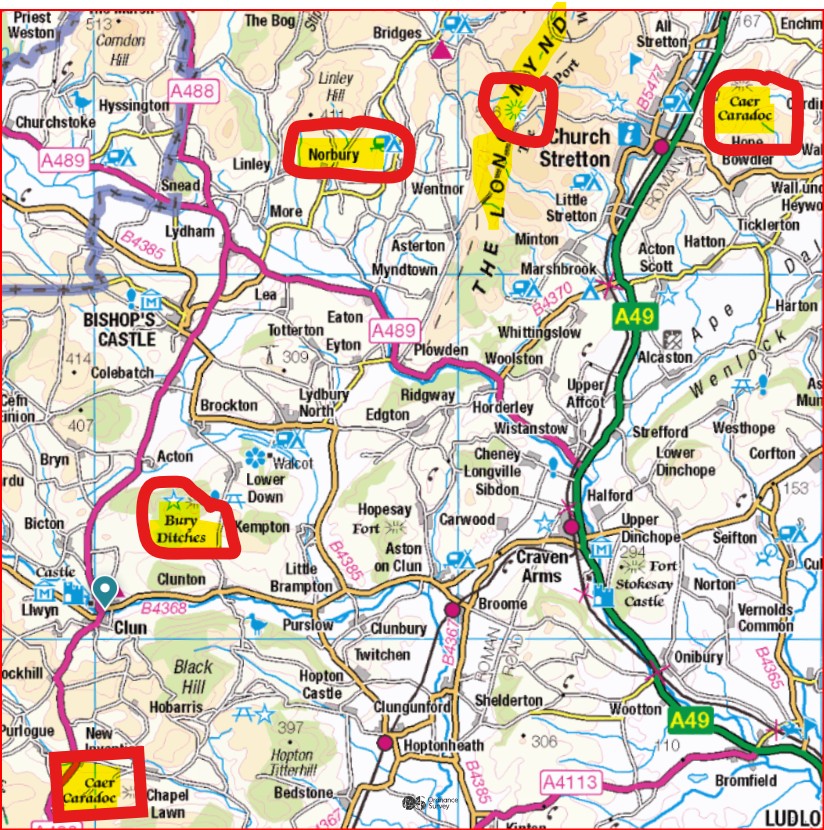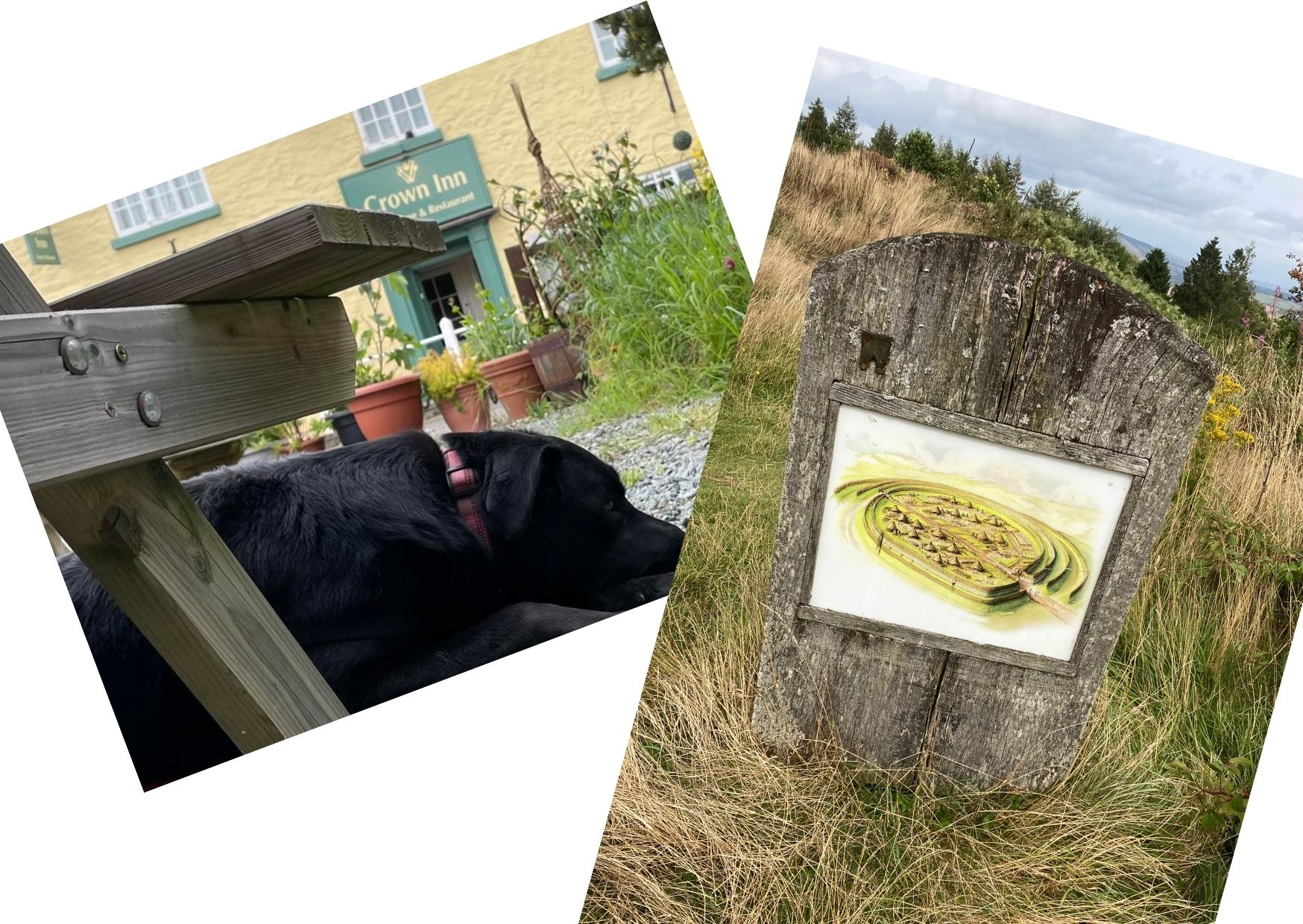Five Hills Worth the Climb
Shropshire’s hills are more than just scenic viewpoints—they’re landscapes rich in history and wildlife. Most summits offer uninterrupted views of the rural landscape that stretch for miles. Often birds can be seen in the sky which are rare to this part of the country.
On some walks it’s easy to only meet a handful of people while you take in the scenery. In locations managed by the National Trust or Forestry England you may meet a few more.
Here are five of my favourite hill walks, each offering something special and worth the climb to the top. I’ve also put a recommendation for a post walk pub. Do check opening times before you head for a drink though.

My selection might be slightly biased due to living in the south of the Shropshire Hills. I know there are many great hills in more northern parts of the Shropshire Hills – it’s just that I don’t venture there quite as often.
Caer Caradoc (Church Stretton)
_Postcard.jpg)
At 459m a dramatic ridge steeped in legend. Caer Caradoc rises to the east of Church Stretton and is easily spotted, along with The Lawley, from the A49. Despite its prominence, many miss out on the fantastic walk to its summit.
Said to be the site of Caractacus’s final stand against the Romans, its jagged profile and Iron Age hillfort draw walkers and history lovers alike. The climb is steep but rewarding, with sweeping views over Church Stretton and the Long Mynd.
Post walk pub: The Royal Oak at Cardington
Caer Caradoc (Chapel Lawn)
_Postcard_v2.jpg)
This quiet hill offers a peaceful walk in open countryside from Chapel Lawn. Less visited than its namesake, it boasts expansive views into Wales and across the Shropshire Hills. The Iron Age hillfort at the summit is arguably the best preserved in the area. This is also said to be the site of Caractacus’s final stand against the Romans. Who knows which really was the site of the last stand?
We’re lucky to enjoy stunning views of this Caer Caradoc from The School House B&B.
Post walk pub: The White Horse at Clun
Long Mynd – Pole Bank

Pole Bank is the highest point on the Long Mynd plateau— ‘Long Mynd’ being Welsh for ‘Long Mountain’.
The walk is accessible and scenic, with wide paths from nearby car parks to the north and south. Longer routes to the top of Pole Bank are available from Ratlinghope or Carding Mill Valley. Wild ponies are often spotted here, and in cooler months, cloud inversions fill the valleys, creating magical views.
Post walk pub: The Bridges at Ratlinghope
Bury Ditches/Sunnyhill

Another well-preserved Iron Age hill fort on a site managed by Forestry England. Surrounded by woodland, the circular ramparts remain clearly visible. The summit can be reached from the car park on the Clungunford road or via a longer walk from Clun.
Post walk pub: The Crown at Clungunford
Norbury Hill

Norbury Hill is a hidden gem with a quiet, timeless charm. What sets it apart is its grove of ancient trees—gnarled oaks and twisted hawthorns that have stood for centuries. These trees lend the hill a mystical atmosphere, especially in mist or low light. The walk is gentle, winding through peaceful farmland and some quiet lanes. It’s not too often that you see trees as old as the ones on this hill.
Post walk pub: The Bridges at Ratlinghope
